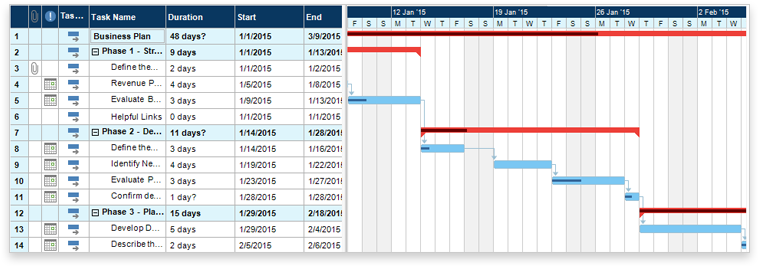

- #THE BENEFITS OF USING STOCK CHARTING SOFTWARE ARTICLE HOW TO#
- #THE BENEFITS OF USING STOCK CHARTING SOFTWARE ARTICLE DOWNLOAD#
One of the uses of Python for finance involves cryptocurrencies and their rapidly-changing values. However, all stock investments are risky, and even advanced finance data analytics or machine learning can be wrong. Any of these aspects can be directly linked to the future of the company. Python in finance can train machine learning systems to collect information on the companies statistical data, newest announcements, revenue results, and other possibly useful information. There are many factors involving the downfall or the success of company stocks. Predicting the tendencies in the stock market, which prices will drop, which will rise is not a one-way street. This Python for finance course is perfect for learning how you can use the three main libraries involved in data science: Pandas, NumPy, and Matplotlib. Additionally, you can filter data by marking average prices or by estimated return rates.

There are different types of charts and plots that you can use to illustrate data in a user-friendly way.

Therefore, it is convenient to import these features from the Matplotlib library. For this, you need to use Pandas web data reader extension to communicate with the financial data from Google Finance, Quandl, Enigma or other databases.įor financial projects, the visualization of data is one of the crucial aspects.
#THE BENEFITS OF USING STOCK CHARTING SOFTWARE ARTICLE DOWNLOAD#
To conduct such an analysis, you need to download the financial data from specific interest periods of time. Python in finance can help you make an estimated and lower-risk decision when it comes to investing in the stock market. Even though it is tempting to explore online trading platforms and invest in desirable stocks, you should not do this based on intuition, luck, or mere coincidence. Investing in stocks should be a well-calculated choice since you are always at risk of stocks losing value, leading to you losing money. You will learn to read text or CSV files, manage statistics, and visualize data. This Python for finance course covers the basics of using Pandas for analyzing data. Such predictions are significant when it comes to building risk management systems or determining potential movements in financial markets. According to the gathered data, it is possible to predict future tendencies, make decisions, and spot other insightful details.
#THE BENEFITS OF USING STOCK CHARTING SOFTWARE ARTICLE HOW TO#
Looking how to make passive income? Follow this guide to discover one of the best passive income ideas & learn how to make passive income easily! Uses and tools for conducting financial analyses with Pythonįinancial and data analytics is a concept of using technology, programs with sophisticated algorithms and mathematical calculations to collect, process, and analyze data.

In this tutorial, you can find out more about the libraries of Python that you can take advantage of not only for finance but also for web and game development.Įducation How to Make Passive Income: Complete Guide It is reshaping the way analysts perform data-driven finance analyses that are supported by powerful frameworks. With these possibilities and beginner-friendly syntax, it is no wonder why Python has become the core language for financial projects. Such machine learning models can make predictions according to the gathered data. By using Python, analysts simplify these procedures and can build informative visualizations of results.Īdditionally, Python for finance is a popular choice due to its strong foundation for creating neural networks and artificial intelligence. This language is involved in the development of payment and online banking solutions, in the analysis of the current stock market situation, in reducing financial risks, in determining the rate of return of stocks and so much more.įor regular data analysts, comprehending and basing statistical calculations on huge amounts of data is expensive, time-consuming, and complicated. Python in finance is the leading programming language for performing quantitative and qualitative analysis. Thanks to the wide selection of Python libraries, it is easy to find the best-suited module for your data analysis. With Python, you can simplify the main tasks of financial analytics: data gathering, advanced mathematical calculations, and the visualization of results. Therefore, the syntax of Python is not that different from the regular way of writing mathematical and financial algorithms. Furthermore, the overall use of Python is a mix of English and mathematics when it comes to using Python for finance.


 0 kommentar(er)
0 kommentar(er)
